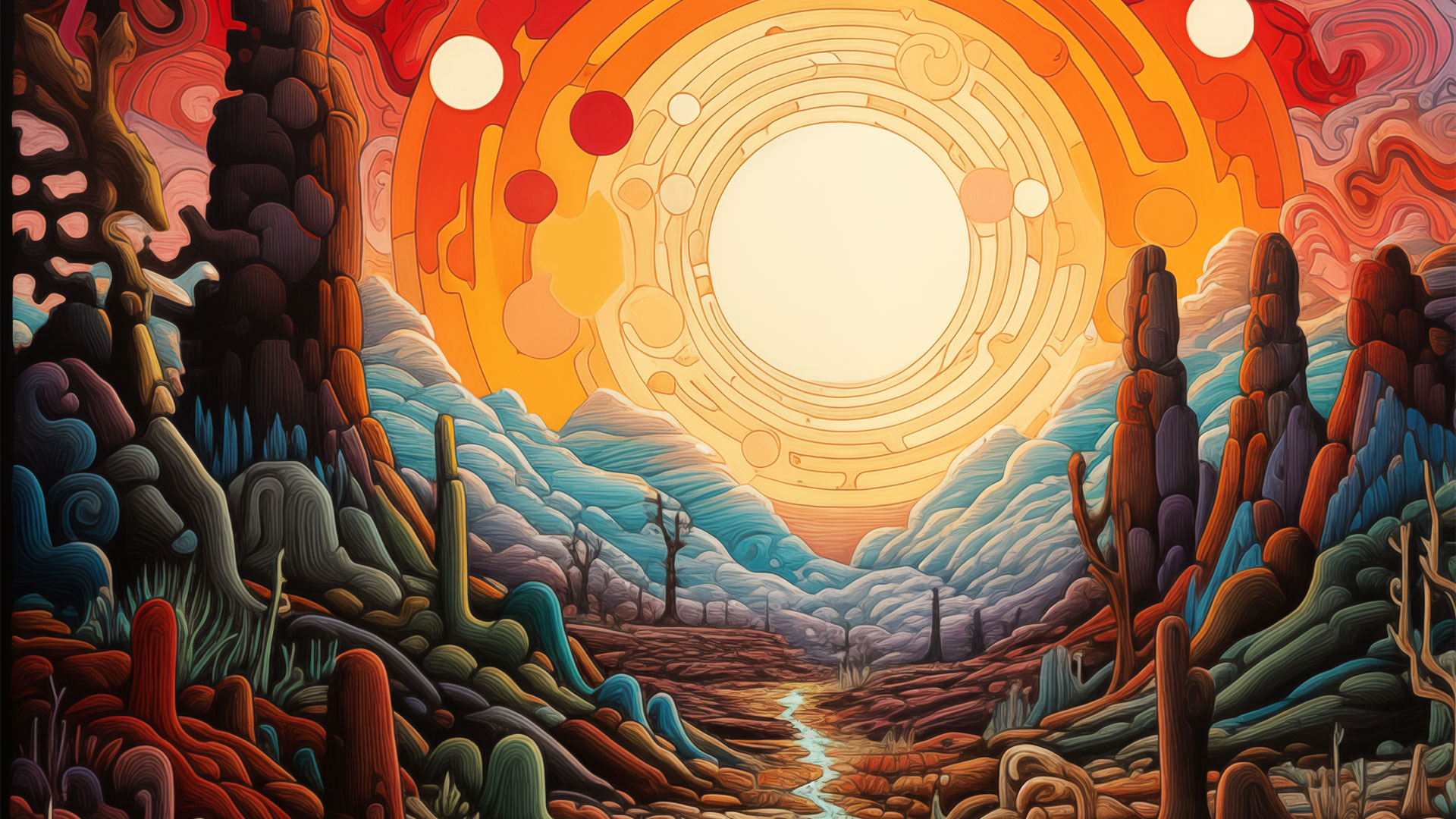Archaeologists solve some of history’s biggest puzzles. We find out what drives them to make their discoveries. We also explore the flavor of bitter in everything from coffee to dark chocolate and look at the growing rift between President Obama and the GOP over immigation reform.
Featured in this Show
-
New Book Sifts Through Lives Of Archaeologists
In addition to the trowels, screens and hand brooms already on-site, Marilyn Johnson added her own tools of discovery to the field of archaeology: pen, paper and interview.
The journalist embarked on a project to work alongside archeologists in muck and mire of swamps, ancient landfills, volcanic islands and other dirty places in the Mediterranean and Caribbean, in order to excavate the lives of the people who strive to solve the puzzles of the past. As she sifted through the lives of contemporary archaeologists, it became clear to Johnson that the driving force for people in the profession isn’t the money, prestige or working conditions. Rather, it’s a passion for the stories that would otherwise be buried and lost.
“I think archaeologists are driven by curiosity about what lies hidden and what kind of unfiltered history is buried underground or under the oceans,” she said.
As the landscapes receded under Johnson’s feet at excavation sites, stories slowly emerged about Ice Age hunters, soldiers of the American Revolution, Chinese woman warriors, sunken fleets and mummies. Johnson said she marveled at the ability of archeologists to take these pixels of information and extrapolate a larger picture or history.
“I was just fascinated by these people who can look at the landscape and see not just what’s there, but can imagine what it was like 10,000 years earlier,” she said.
Johnson details more of her findings about modern-day archaeology in her new book, “Lives in Ruins: Archaeologist and the Seductive Lure of Human Rubble.”
-
Chef Says It's Time To Bring Taste Of Bitterness Back
North Americans have traditionally embraced the sweeter things in life — they prefer milk chocolate over dark, for example, and put sugar and milk in coffee.
But according chef and author Jennifer McLagan, they have yet to learn to embrace the complex flavor of “bitter.”
“Everything seems to be getting sweeter and sweeter in our lives … It’s kind of time to bring bitterness back because if you take bitterness out of your cooking, you really lose something,” she said.
McLagan just wrote a new cookbook on the subject, called “Bitter: A Taste of the World’s Most Dangerous Flavor, With Recipes.” She said that bitterness adds dimension and depth to a dish that would otherwise be lacking.
Caramel is a good example of this, she said.
“When you make caramel, which is made by cooking sugar until it caramelizes, you need to take it to a point just before it burns, so it just has like all these different chemical compounds, and then you make a caramel that is so much less sweet and so much more complex and interesting to eat,” McLagan said.
She added that bitterness is a great balancer in dishes. She said it’s a perfect match for fat or a rich dish, like when you pair bitter greens with a roasted duck breast.
“What bitterness does, it really helps your digestive juices. So it really helps you digest the fat and make you feel so much better,” McLagan said.
For anyone feeling inspired by the idea of incorporating bitterness in their cooking, the chef said frisee lettuce and turnip are great ingredients to start with.
“I think you should not try masking these vegetables that are bitter with sugar,” she said. “You should try and match them with like fat or salt, or balance them out with other ingredients, and just embrace bitter. Just add a little bit to your cooking and then you’ll find that you can take a little bit more…it’s a taste you need to learn to love.”
-
President May Use Executive Power To Overhaul Immigration
The President announced that he may use executive powers to overhaul the U.S. immigration system and do so before the end of the year. What does this mean for immigrants, the President and the GOP who is opposing the measure?
-
The Allure Of Archaeology
Our guest consider the passion behind the lives of archaeology and the seductive lure of human rubble.
-
Food Friday: Exploring The Flavor of Bitter
Compared to sweet and salty, the flavor of bitter has largely been overlooked in American cuisine. But with things like dark chocolate, radicchio and IPA beers experiencing a surge in popularity, bitter is finally having its moment. A chef talks about the many pleasures of bitter, and how it can be worked in to all kinds of dishes.
Episode Credits
- Veronica Rueckert Host
- Rob Ferrett Host
- Marilyn Johnson Guest
- Jennifer McLagan Guest
- Alan Gomez Guest
- Chris Malina Producer
- Marika Suval Producer
Wisconsin Public Radio, © Copyright 2024, Board of Regents of the University of Wisconsin System and Wisconsin Educational Communications Board.

